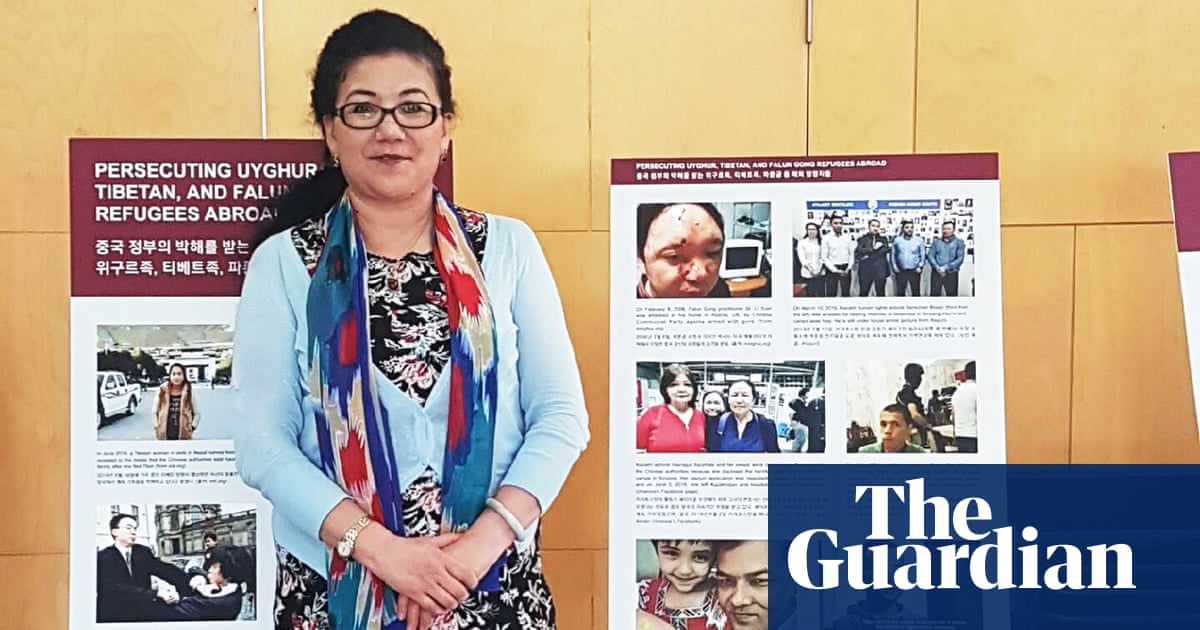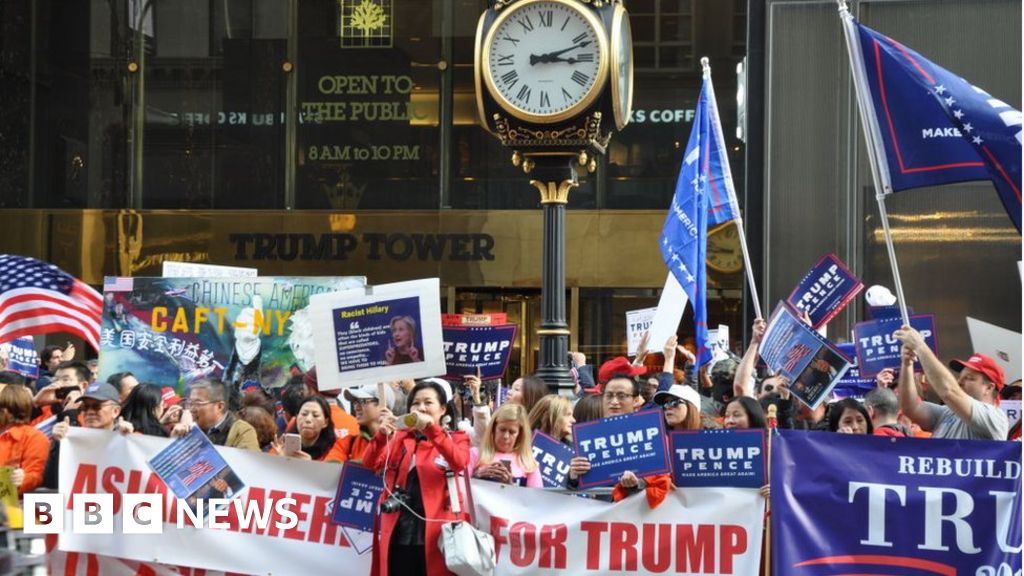
Winning the Race: The Case for Counterintelligence against Chinese Espionage
Aesop’s fable, “the Tortoise and the Hare,” famously warns us about the dangers of arrogance and complacency in the face of a determined adversary. Unfortunately, in the modern race for supremacy between the United States and the People’s Republic of China (PRC), it appears that American policymakers and executives have failed to heed this warning, bearing disastrous consequences for industries vital to U.S. national security.
Like the hare, the United States had long enjoyed a substantial lead in developing defense-industrial sectors and innovating dual-use technologies. However, Washington has since rested on its laurels and exposed itself to theft through its lax counterintelligence posture. Meanwhile, the PRC — marrying the patience and long-term vision of the fabled tortoise with the remarkable leapfrogging ability enabled by its pervasive industrial espionage — has now caught up and even surpassed the United States across a plethora of key defense and technology sectors. Therefore, if spying and stealing are how the PRC plans to ‘win the race’ in modern strategic competition, the United States can only hope to prevail by investing far more robustly in counterintelligence.
Just over a decade ago, the PRC hardly qualified as an industrial or technological competitor to the United States. According to the Information Technology & Innovation Foundation, the PRC’s composite innovation capabilities — including research and development (R&D) expenditures, venture capital (VC) investments, advanced-industry output, and patent output — were roughly 22% less “on a proportional basis (accounting for the size of its economy, population, etc.)” than that of the United States in 2010. Yet, as of 2020, the PRC can innovate nearly 40% more than the United States. Today, the PRC leads the world in researching 37 out of 44 critical technologies, surpassing the United States in key defense and dual-use industries such as drones, machine learning, biotechnology, artificial intelligence (AI), hypersonics, and nuclear energy. The United States leads research in only seven critical technology sectors, including computing and vaccines.
























